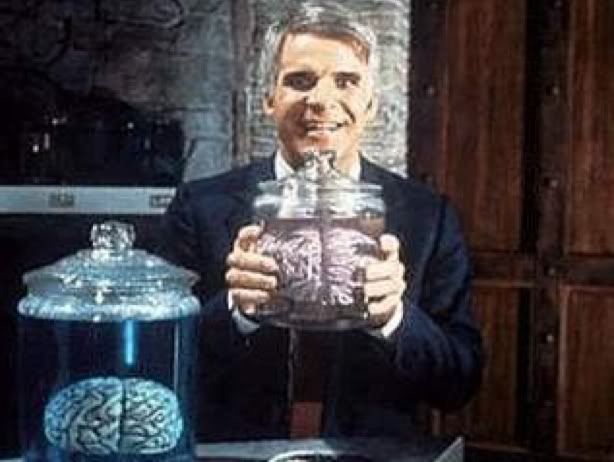Synopsis: The Indian majority now calls for change. Politicians realize unrest is a potential threat. The collaborative learning that lasted civilizations should be re-discovered.
The shock waves of the Mumbai attacks ignited outrage and anger around the country. Shaking off apathy, the Indian majority calls for change.
Verdict
With over a quarter below the poverty line, only 61 percent literacy, and security non-existent for the common person, their cup of tolerance brims over.

In recent state elections, defying bribery, intimidation and violence, people turned out in greater numbers for their verdict on performance. Representatives focusing on long-term development are being returned to office.
Unrest
The socioeconomic scenario causes concern. Over 63 percent of the population is aged 15-64, and paid employment isn’t growing fast enough to meet their needs.
About half the current workforce is self-employed. Policy makers assume India’s ‘vibrant economy’ creates their productive opportunities.
But in reality, highly skilled professionals categories may have high remunerations. Self-employment otherwise is intensive labour but low productivity, with both opportunity and income being uncertain.
Politicians realize unrest, potentially, is a threat to their own survival. In a country of limited resources, the leadership’s role is to create resources.
Empower and include
Governments can’t make the nation’s progress, but they can facilitate a collective participation by innovative means - empowering people, encouraging corporate inclusive growth, etc.
For example, the micro-credit system was pioneered in Bangladesh. The most needy, especially women were enabled to start up small businesses without collateral. Rather than await doles and handouts, they look forward to self-reliance, thus contributing to progress.
The corporate industry tends to ignore critical societal issues. Their focus on profitability has widened the gap between haves and have-nots, which leads to more unrest.
Some global companies have adopted social issues of education or HIV. But in a country as large as India, every Indian institution needs to buy in to social development.
Fact is the corporate is in business because of society and not in spite of it. They hold the social responsibility for its inclusion in their growth plans.
Sense of belonging
Non-governmental organizations are effective conduits to reach with economic help, education and vocational guidance to the grassroots. They initiate the informal movement that diffuses change into the social fabric.
The older age groups can be proactive in people development. For instance, retirees are storehouses of knowledge and experience, but retirement is considered a dead end in India. Mentorship brings them a new lease of life, their inputs being invaluable to growing youth in search of perspective and purpose.
The collaborative learning of ancient times has lasted civilizations in India. People need to re-discover their strong cultural roots in collectivism, cooperation, creativity, and non-violence. The sense of belonging thus nurtured has preserved national integrity against destabilizing influences.
Terrorist front organizations capitalize on unrest to lure people to pathways of hate. A people united by self-belief, and realizing their ability to make change by democratic means, can raise up to defeat the sinister designs of terrorism.





















